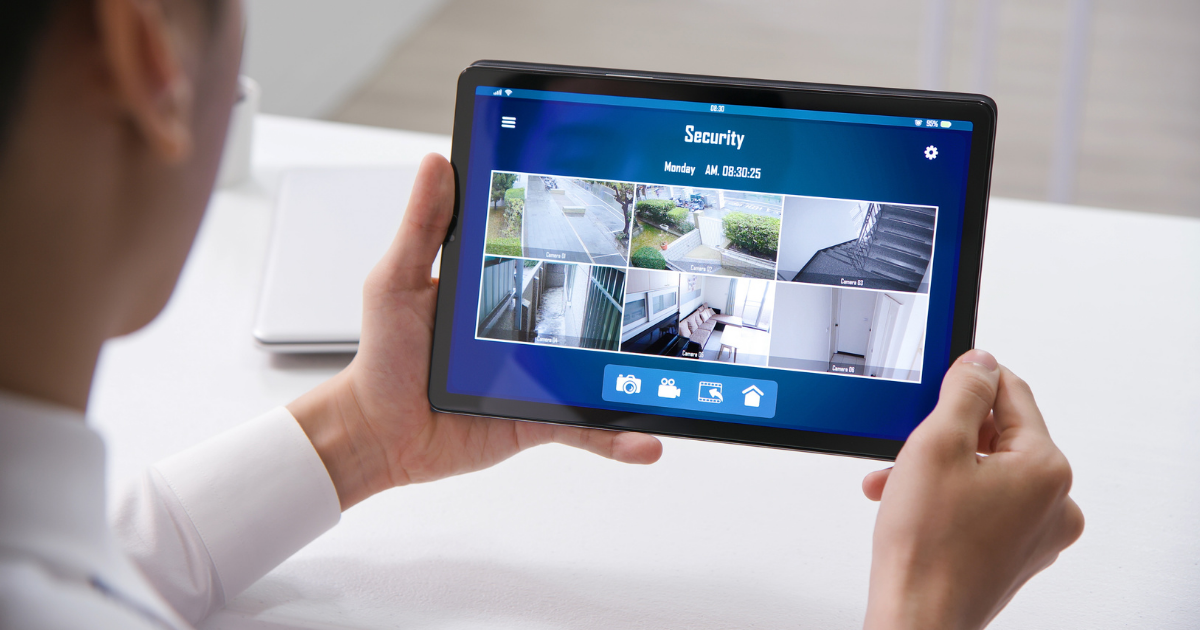No products in the cart.

Securing Your Home Network: Adopting Business-Level Professional Protection
Author: Steffie Bell
In today’s digitally connected world, our homes have become hubs for internet activity. With an increasing number of devices connected to our home networks, it’s crucial to take network security as seriously as businesses do. After all, the data we store and the devices we use at home are valuable, and they deserve strong protection. In this article, we will explore how you can protect your home network just like a business network, ensuring the safety of your digital life.
1. Strong Network Hardware:
To begin, it is wise invest in a robust router and modem. Make sure they are up-to-date and equipped with the latest security features. Enterprise-grade equipment often has more advanced security measures than standard consumer devices.
2. Encryption:
Enable strong encryption protocols such as WPA3 for your Wi-Fi network. This adds an extra layer of security, making it much harder for unauthorized users to access your network.
3. Access Control:
Implement strict access control. Ensure that only authorized devices can connect to your network. This can be done by enabling MAC address filtering, which allows only devices with approved MAC addresses to join.
4. Regular Updates:
Keep your router’s firmware up-to-date. Manufacturers release updates to fix security vulnerabilities. Configure your router to automatically install these updates whenever they become available.
5. Strong Passwords:
Set strong, unique passwords for your network devices. Avoid using default usernames and passwords, which are often easy for attackers to guess. Use a password manager to generate and store complex passwords securely.
6. Network Segmentation:
Create separate network segments for different types of devices. For example, isolate IoT devices on their own network to minimize the risk of them being used as entry points for attackers.
7. Firewalls and Intrusion Detection:
Deploy a firewall to monitor and control incoming and outgoing traffic. Consider using intrusion detection and prevention systems (IDS/IPS) to identify and block suspicious activities.
8. Antivirus and Antimalware Software:
Install reputable antivirus and antimalware software on all your devices. Regularly scan for malware and viruses to detect and remove any threats.
9. Virtual Private Network (VPN):
Consider using a VPN for an added layer of security, especially when accessing your home network remotely. A VPN encrypts your internet connection and protects your data from prying eyes.
10. User Education:
Educate all household members about cybersecurity best practices. Teach them how to recognize phishing attempts and how to maintain safe browsing habits.
11. Data Backup and Recovery:
Implement a regular backup strategy to protect your data. Store backups in a secure, off-site location. Having a recovery plan in case of data loss or a security incident is crucial.
12. Monitoring and Logging:
Use network monitoring tools to keep an eye on network traffic. Enable logging to maintain records of network activities, which can be valuable for security analysis.
13. Two-Factor Authentication (2FA):
Enable 2FA wherever possible. This extra layer of security helps prevent unauthorized access to your accounts and devices.
14. Physical Security:
Protect your network devices physically. Keep them in a secure location to prevent unauthorized tampering.
15. Incident Response Plan:
Develop a clear incident response plan. Know whom to contact and what steps to take if a security incident occurs.
16. Regular Audits and Testing:
Conduct periodic security audits and penetration testing to identify vulnerabilities. Address any issues promptly to maintain a high level of security.
In conclusion, safeguarding your home network like a business network is a proactive approach to protecting your personal data and devices. By following these security measures, you can significantly reduce the risk of cyberattacks and ensure that your digital world remains safe and secure. Remember, it’s better to be proactive about security than to regret it after a breach.




